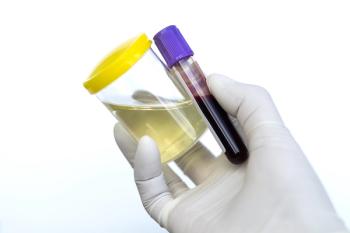
The importance of sample preparation for analyzing pain management drugs in different matrices

The importance of sample preparation for analyzing pain management drugs in different matrices

This article explores the role of SPE sorbents for analyte recovery rates and method accuracy to develop clean samples for analysis and to reach lower limits of detection.

Traditional sample preparation method development can often be laborious and costly. Understanding the underlying concepts of the technique can help food and environmental laboratories develop methods in notoriously complex matrices, faster, more efficiently, and provide better chromatography. With the presence of many unique matrices and analytes, methods such as QuEChERS, supported liquid extraction (SLE), or solid-phase extraction (SPE) provide the necessary adaptability for many types of extractions. With customizable methods to work with unique matrices and with the addition of automation, extractions can be improved to save time and provide consistent recoveries.
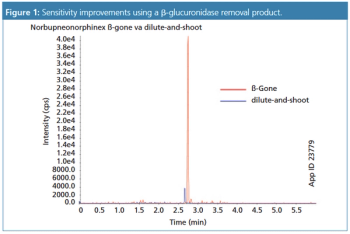
With the growing use of illegal opioids, analysts should be prepared for a large influx of samples in their laboratories. While the workload may be increasing, the number of analysts and equipment may not, so the need for faster and better liquid chromatography–mass spectrometry (LC–MS) methods is important. By implementing an efficient sample preparation technique for matrix cleanup for some of the most common and traditional opioid matrices-blood and urine-coupled with a rapid and accurate LC method, laboratories can address the analytical needs for this growing problem.

In clinical and forensic/toxicology laboratories, urine is a preferred matrix from which to quantify drug concentrations because it yields accurate results and allows for noninvasive collection methods. Prior to excretion, drug metabolites in the body undergo a glucuronidation reaction, resulting in a glucuronide bond that must be cleaved before mass spectrometry (MS) analysis by a β-glucuronidase enzyme hydrolysis. Many laboratories employ a “dilute-and-shoot” method after hydrolysis to decrease residual protein or enzyme concentration, but this method negatively affects column lifetime and reduces the sensitivity of analyte detection. By using a β-glucuronidase removal approach, analysts are able to see an increase in sensitivity and a reduction in MS instrument maintenance.

Published: September 10th 2021 | Updated:
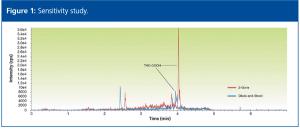
Published: July 6th 2016 | Updated:
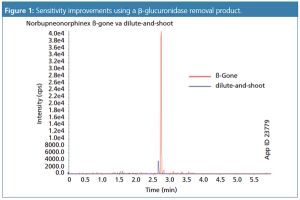
Published: March 1st 2018 | Updated:
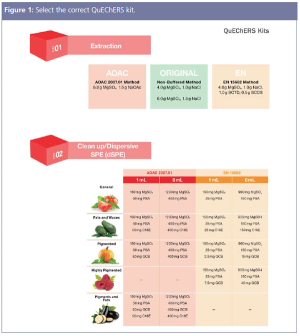
Published: February 6th 2019 | Updated:

Published: October 14th 2020 | Updated: